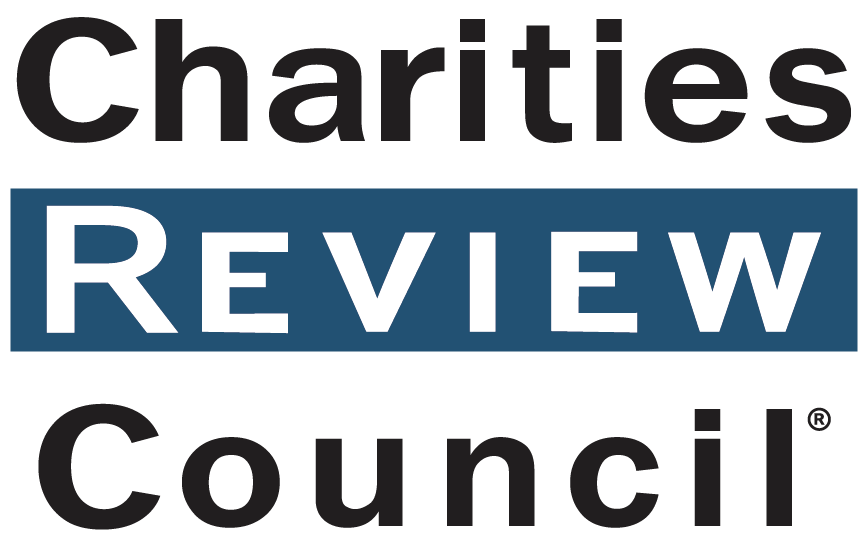This article originally appeared in the Spring 2021 edition of the Smart Giver Newsletter. Not on our mailing list? Sign up here to receive the next edition in your mailbox.
Planned giving. Gift planning. Legacy planning. Even estate planning. They’re all slightly different angles on the same thing: taking a 10,000-foot view of one’s finances and incorporating charitable strategies that allow someone to make larger gifts to their favorite people and organizations than they would be able to do otherwise.
There’s day-to-day planned giving strategy, like utilizing IRA Rollovers, Donor Advised Funds, stock/crop gifts, or charitable trusts to make giving more tax-efficient. These are plans that can be made during a donor’s life, and may even provide income for them or their heirs. But many popular planned giving strategies can also be woven into an estate plan, to be realized at death. This can all seem a little confusing… and it’s true, there’s a lot to think about! But at its core, planned giving is simply maximizing your charitable impact by being thoughtful about how and when you give. Let’s answer a few common questions:
Q: Is planned giving right for me?
Absolutely! Even the simplest, smallest estate can benefit from these strategies. Tools like charitable trusts or donor advised funds can create flexibility, allow you (or your heirs) to save on taxes, and impact your favorite organizations along the way, often with more of an impact than you thought possible.
Q: What is an example of a planned giving strategy that everyone can use?
One of my favorite strategies is the “charitable swap”: giving stocks instead of cash, but with a twist. You then repurchase the same amount of shares, increasing your basis (cost to acquire), meaning you don’t have to pay Capital Gains. Here’s an example:
Option A – Donate $1,000 to your favorite charity, from your post-tax income.
Option B – Donate $1,000 of appreciated stock to charity. They can sell it and get the same benefit, but you bypass Capital Gains. Then purchase similar stock for $1,000.
In both cases, the charity benefits, you receive the same deduction, and you are able to avoid tax on the $1,000. Repeat that process, and you’ll significantly improve your tax situation while supporting great causes.
Q: How do Donor Advised Funds (DAFs) work?
Think of this as a “charitable checkbook.” It’s funded with appreciated assets now, but you can determine where the money from the fund will be donated later. These are an excellent option when a charity is not able to receive stock donations, but you still want to use the charitable swap strategy. They’re flexible. They’re tax-efficient. And they work now and in your estate.
Q: When should I consider using planned giving strategies?
It’s always a good time to utilize planned giving strategies. Some tools are most beneficial when dealing with appreciated assets. Real estate or stocks/investment sales, for example, will trigger taxes that, in most cases, can be minimized or avoided. Additionally, your estate might represent the greatest opportunity to provide for your heirs and communities. If you want to start thinking strategically about your giving or explore new opportunities, check out giftplanningservices.com.
Written by Ryan Johnson, Gift Planning Services: rjohnson@giftplanningservices.com


